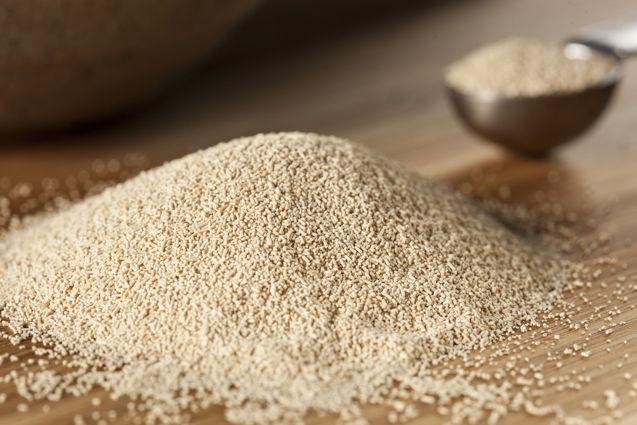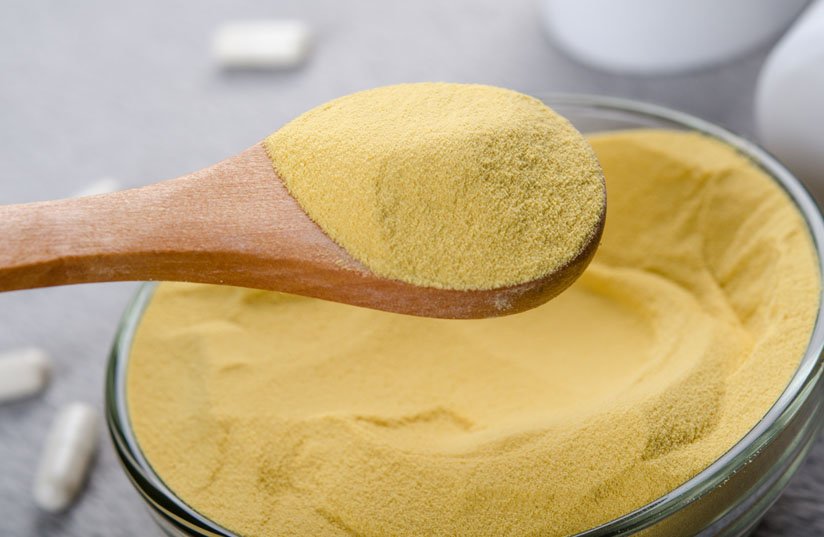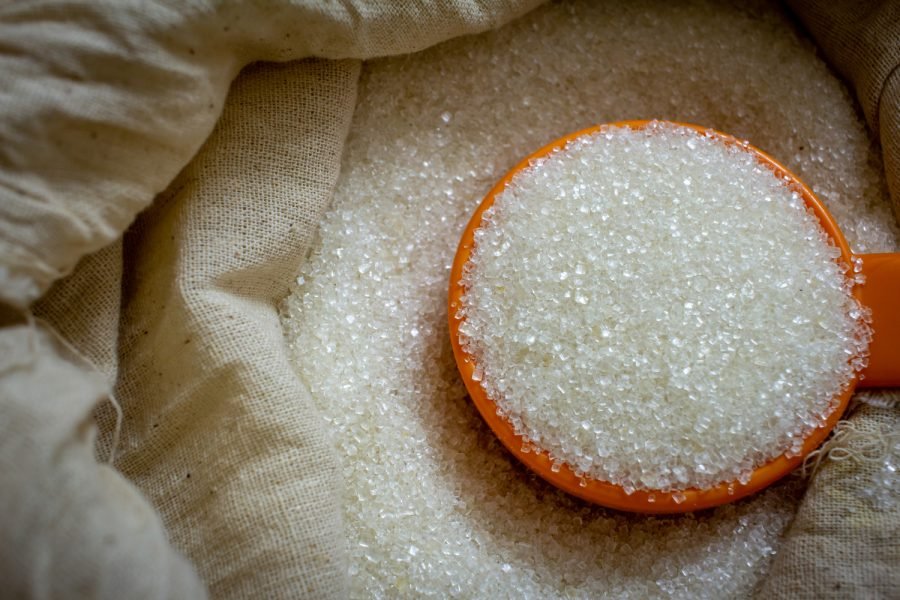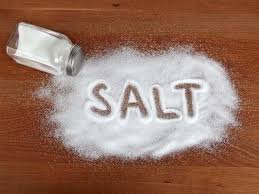Many people use the word yeast to describe yeast extract, but it is very inappropriate. Although closely related to each other, these two terms should not be confused, especially when used in cooking.
Yeast extract is a collective term used to describe a group of yeast products that have already been processed. They are also used as food additives or simply as food flavorings that function similarly to MSG or monosodium glutamate. Yeast extract contains so-called glutamic acid, made from fermented acids and bases. These acids are generally found only in yeast baking products. Yeast extracts are very different from yeast because they are commercially prepared in liquid form to obtain a paste-like consistency. In contrast, yeasts are often grainy and granular in both texture and appearance.

In terms of flavor, yeast extracts often have a very strong, salty taste. Although most yeast extracts used are spicy and savory, there are many sweeter variants of such foods in some parts of the United States. As a nutritional food supplement, this item is used as a bread spread ( along with butter ) and included in a mix to create a hot, flavorful beverage. In particular, yeast extract is a very popular additive in the UK, New Zealand, and Australian regions. No wonder yeast extract brands such as Vegemite and Marmite are growing in the food industry today.

In addition, yeasts are non-nutritional food ingredients, whereas yeast extracts are highly nutritious. Yeasts rob your body of much-needed nutrients, while the latter provides your system with more energy. The yeast extract is deactivated yeast.
Yeast is a living organism. It is a single-celled fungus that can convert sugars and starches into CO2 (carbon dioxide) bubbles and alcohol as one of the by-products. Because of this function, yeast has been used for generations in wine, bread, and beer making, where each product uses a specific type of yeast. In contrast, yeast extracts are prepared by pasteurization which involves adding NaCl or salt into a suspension. The resulting concentrated solution activates the yeast cells to self-destruct. In its quenching stage, the mixture is heated, and the hulls are removed to make the final yeast extracts.
Summary :
- Sediments are granular and grainy, while yeast extracts are often available in liquid or paste form.
- Roasts are not nutritious, while yeast extracts are nutritious food additives.
- Yeast is a single-celled organism, while yeast extract was made from deactivation or pasteurization of the yeast itself.




17 回复
I was pretty pleased to discover this great site. I want to to thank you for ones time due to this fantastic read!! I definitely appreciated every part of it and I have you book marked to look at new stuff on your web site.
I cherished up to you will receive performed right here. Aubrey Rossean
Dead pent content , thanks for selective information . Ethelyn Hugibert Marshall
Superb, what a website it is! This website gives useful data to us, keep it up. Andrea Bono
There is clearly a bundle to know about this. I think you made various good points in features also. Carmine Stilner
Thanks for sharing, this is a fantastic blog article. Much thanks again. Great. Carroll Snide
I am regular reader, how are you everybody? This piece of writing posted at this web page is truly nice. Billy Kaib
A round of applause for your article post. Much thanks again. Fantastic. Otis Kules
Sweet web site, super design and style, rattling clean and apply pleasant. Lyndon Bernet
Im obliged for the article. Really thank you! Really Great. Luther Shoat
I really like your writing style, excellent info , thanks for posting : D. Ezekiel Lighthill
Pretty! This has been an extremely wonderful article. Many thanks for supplying this info. Adalberto Arquette
Console, what has changed in definitely takes the cake. Werner Worosz
Ironically you base your claim on a person who is a bigger melomaniac and spotlight seeker than Trump. Homer Glasser
Ich wollte einfach einen netten Gruss da lassen. Bin eben auf eure Seite gestossen. Brent Loiacona
I enjoyed reading this. Good job on this article! Enjoyed your points. Interesting content. Marcus Klonowski
Hello! This is kind of off topic but I need some guidance from an established blog. Nick Westin